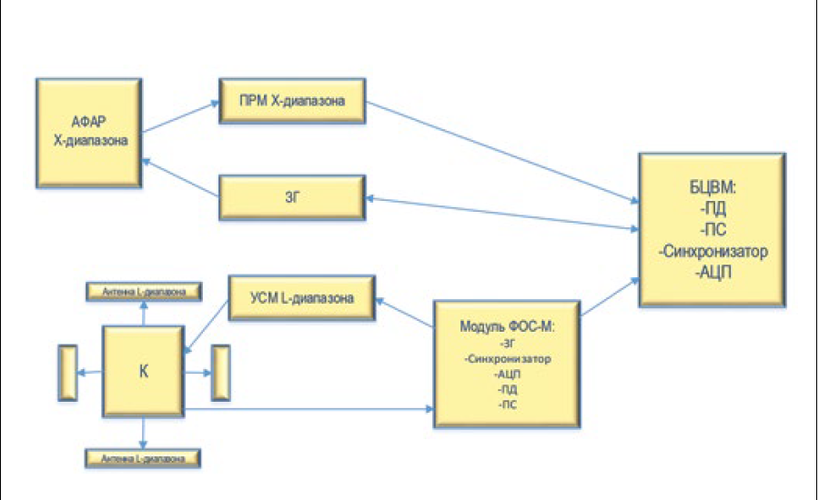If the Russian helicopter houses are combined, it does not necessarily mean that one or the other design philosophy will vanish. Boeing absorbed McD/D/Hughes (Mesa), but there was no attack helicopter expertise suddenly appearing in Philadelphia. They may be part of the same company, but their design philosophies are still very different. I realize that Russia may have different practices, but I cannot see the pragmatism of having two design houses with differing expertise being kept on task.
I think this is a bit more complex, due to the nature and organization of Russian industry. A design bureau in Russia to put it very briefly is essentially a team of designers. They will cooperate with VIAM / CIAM / TsAGI and all the relevant scientific institutions, suppliers and builders for their projects. So, with the ongoing consolidation one of the main topics is to ensure that the most investment-intensive resources (namely, those related with HW and testing, equipped with advanced instrumentation and tooling) will be fully loaded and not replicated at each designer and used now and then. And that makes full sense and is mandatory to ensure that the industry can work with the latest technology.
What Flateric was saying was that Kamov would be absorbed. Well, I am no insider so it may be true, but from the outside it would look more logical to me that both Mil and Kamov are kept as equally prominent design bureaus and share whatever resources Russian Helicopters deem necessary for design, testing etc. Kamov inside Mil would ultimately tend to be turned into nothing, no one wants internal competition.
As to the pragmatism of keeping two design houses on task I would say it ensures the customer (MoD) always receives the best technical solution possible and cannot be held hostage by any particular supplier. This is very relevant to keep healthy dynamics within the MIC.
Regarding my previous post about the Ka-52 and PSV in general being developed progressively, see below. This news is from 27th November 2018, when the announcement that Mil had won was on 19th November:
The Kamov design Bureau would create on the basis of Ka-52 flying laboratory on the project of high-speed helicopter
CEO of the Central Aerohydrodynamic Institute Cyril Showered noted that work is scheduled to begin in the near future
MOSCOW, November 27. /TASS/. Flying laboratory of the advanced high-speed helicopter (PSV) project OKB Kamov the Ka-52 in the near future. TASS said General Director of Central Aerohydrodynamic Institute (TSAGI) n. a. Zhukovsky Cyril Showered.
https://z5h64q92x9.net/proxy_u/ru-en.en/ka52.tass.ru/
"Sergey Mikheev (General designer of Kamov design Bureau - approx. TASS) soon plans to begin work on the creation of a flying laboratory PSV on the basis of helicopter Ka-52", - he said.
According to the Director of TSAGI, work on project PSV go in two directions. In the first area, specific developments, such as the new layout of the blades and rotors, will be introduced on existing cars of mark "Mi". The second direction is the development of the helicopter principle of the new scheme, a draft of which was presented the Kamov design Bureau.
Гендиректор Центрального аэрогидродинамического института Кирилл Сыпало отметил, что работы планируется начать в ближайшее время

tass.ru

























